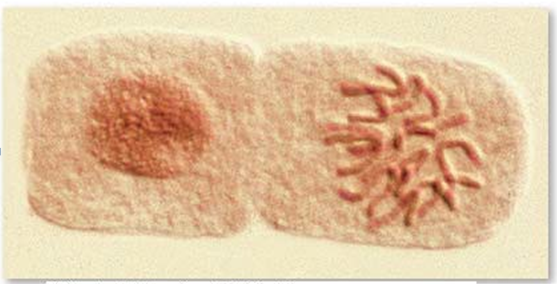What other information is related to the question? Which information is most useful?
What will be an ideal response?
Is a hypothesis being tested or data analyzed? If not then this is not
an example of inductive or deductive reasoning.
You might also like to view...
In a biology lab exercise, you are asked to examine cells of a growing onion root tip that has been sectioned to show many cells. In most of the cells, you easily see the circular or oval nucleus as a uniformly filled space in a membrane outline. In a small percentage of cells, you see chromosomes as distinct strands just as cell division begins, and as it progresses, because the chromatin

A. becomes less tightly wound, to facilitate cell division.
B. increases in length, as replication adds DNA sections to the original.
C. becomes more tightly folded, increasing their visible length.
D. becomes less tightly folded, increasing their visible length.
E. becomes more tightly wound, to protect DNA, and to more easily manage cell division.
How many total chromatids are found in a human somatic cell nucleus during G2 phase?
What will be an ideal response?
Consider the following two chemical equations:A
glucose + fructose ? sucrose + H2O, ?G = +27kJ/mole (or +6.5 kcal/mole) B. glucose + fructose + ATP ? sucrose + ADP + Pi, ?G = ?5kJ/mole (or ?1.2 kcal/mole) The free energy change difference between the chemical equations (A) and (B) above is accomplishedby:a. a decrease in activation energy. b. combining two endergonic reactions. c. combining an endergonic and an exergonic reaction. d. combining two exergonic reactions. e. measuring the reaction rate.
The _____ are organs that physically separate surplus or waste substances in the blood from the needed substances.
Fill in the blank(s) with the appropriate word(s).